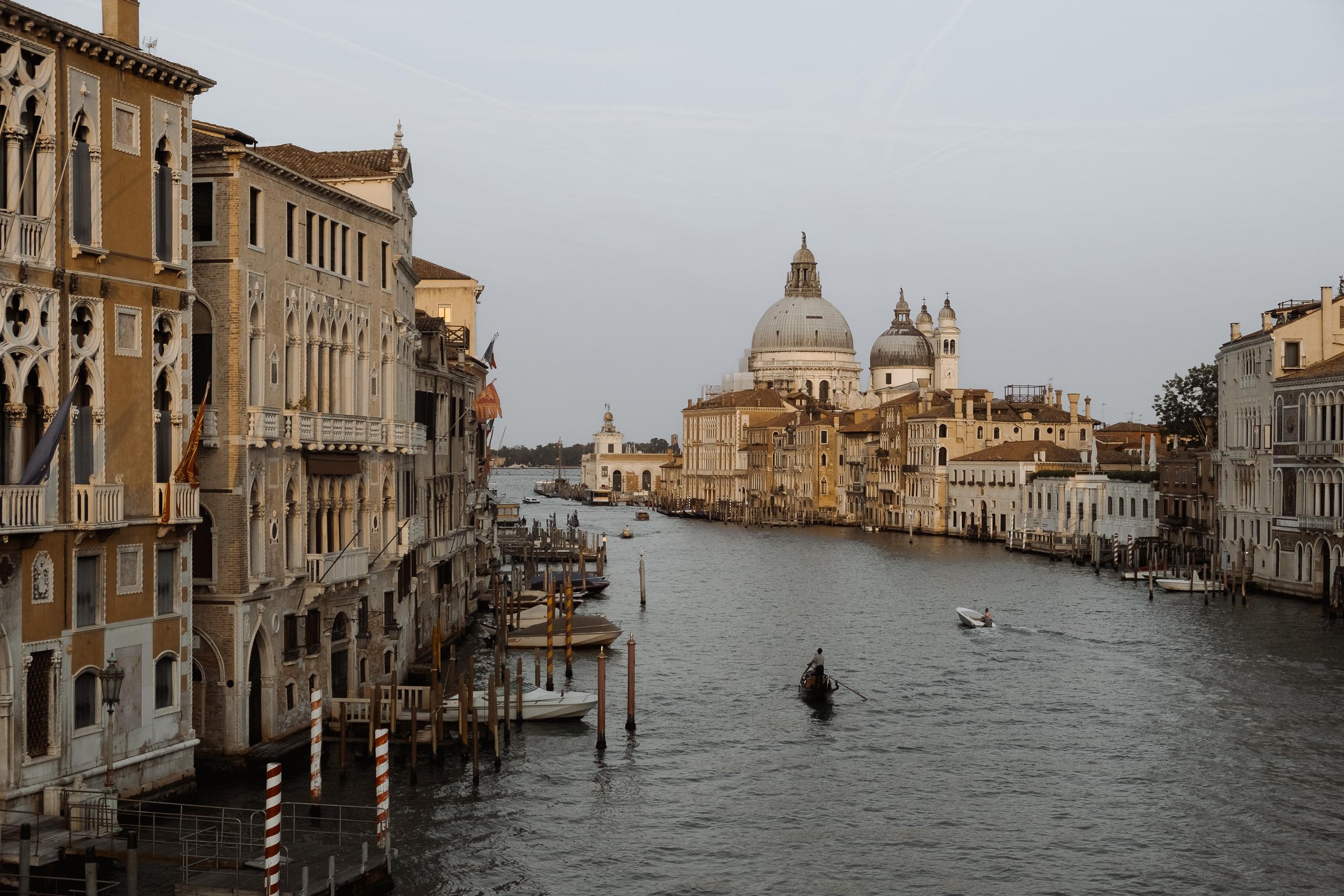Stories
Here you’ll find all of my stories categorized by region. Stories about major cities, including Rome, Milan and Naples, are grouped separately. Can’t find what you’re looking for? Try searching here or contact me.
Il Redentore: votive church and God's deliverance of the plague
In 1575, the plague devastated Venice, claiming over 50,000 lives. In hope of divine intervention, the Senate commissioned a church for Christ the Redeemer. The epidemic ended in 1577, the same year the first stone was laid. This is still celebrated annually on Festa del Redentore. The church's Renaissance design features religious art, and its secret garden recently opened to the public.
Bocche di Leone: stone letterboxes for accusations and betrayal
The Bocche di Leone were stone carvings in Venice used as tip-off boxes for reporting crimes. Created after a failed rebellion in 1310, these boxes were placed around the city. While accusations had to be signed and supported by witnesses, anonymous reports against conspiracies were allowed. The system helped maintain Venice's legal order. Few Bocche di Leone remain today.
Torre dell'Orologio: medieval clock tower on Piazza San Marco
In 1493, Venice's Senate ordered a new clock to be placed at the heart of the city's religious, political, and commercial centers. Designed by master clockmaker Zuan Carlo Rainieri, the clock was installed in 1499 on the Torre dell'Orologio. It became the city's official timekeeper in 1858. Today, visitors can explore the tower and admire its mechanisms and historic features.
Ponte di Rialto: exploring the oldest bridge across the Canal Grande
The Rialto Bridge replaced several earlier crossings over the Grand Canal. The first dry crossing, a pontoon bridge, appeared in 1181. By 1252, a wooden bridge stood in its place but required frequent repairs. After multiple collapses, plans for a stone bridge emerged. Finally completed in 1591, the bridge's design resembles earlier versions, with a single span and shops lining the central ramp.
The Canal Grande: weaving artery through the heart of Venice
Venice's Grand Canal, or Canal Grande, is a lifeline of the city, connecting districts and landmarks. It stretches almost 4 km and showcases Venice's rich history and architectural grandeur, from Venetian-Byzantine to Baroque styles. Explore the canal by vaporetto or gondola, and don't miss landmarks like the Rialto Bridge. For a more budget-friendly option, hop on a traghetto.
The Venetian Lion: symbol of Venice and its patron saint, San Marco
The Venetian Lion, a symbol of Venice, appears throughout the city. The lion represents St. Mark, Venice's patron saint. This connection comes from Christian iconography, where Mark is linked to a lion. In 828, the Venetians brought the saint's relics to Venice, adopting him as their patron. The most famous lion statue stands at Piazzetta San Marco. It likely hails from China or the Greek world.
Venetian politics: everything about the state apparatus
Find out more about medieval Venetian politics, where power was spread across various institutions. The Doge, a symbolic figurehead, had limited authority, while real power rested with councils like the Senate, the Great Council, and the Council of Ten. These bodies collectively made key decisions, shaping Venetian politics through a balance of power rather than individual rule.
Venice: a brief history lesson
Venice, the city of canals and gondolas, emerged in the 5th and 6th centuries after the fall of Rome. It grew into a powerful maritime republic by the 9th century, dominating Mediterranean trade. Venice’s cultural legacy includes renowned artists like Titian and Vivaldi. Despite military challenges, it flourished for over a millennium before its decline in the 18th century.








